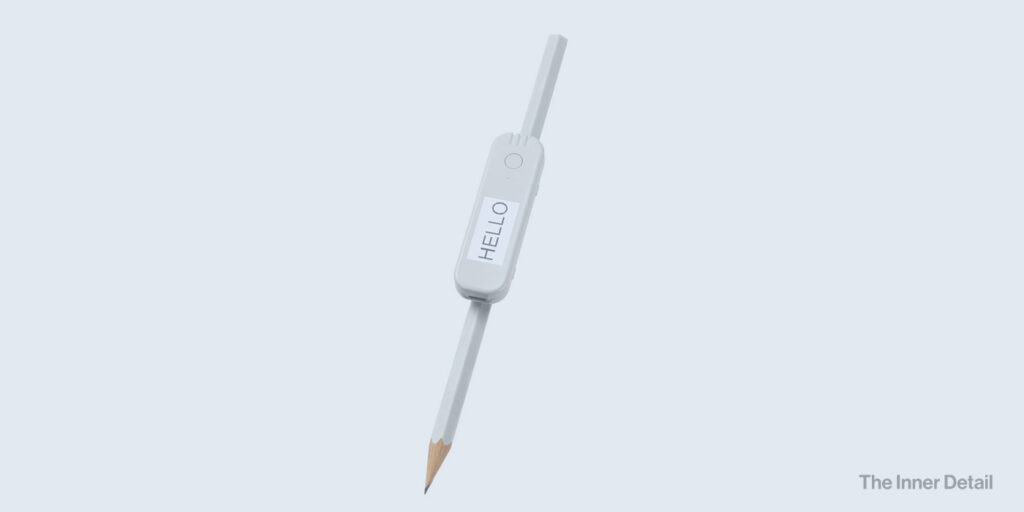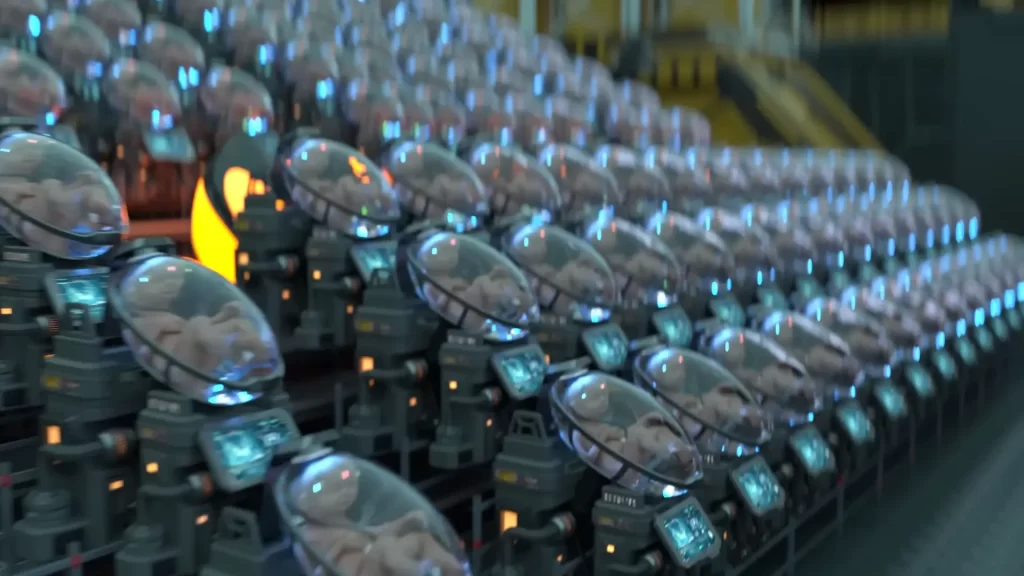The advent of robotics has been increasing exponentially, that the tech has paved way for walking, dancing, building and even swimming robots. Now, to a further extent, scientists for the first time created living robots, that could reproduce by itself, that is, replicating itself for a number of times, just like Chitti in Rajnikanth’s Endhiran recreated itself on its own.
In nature most organisms reproduce by either mating and producing offspring, or creating clones of themselves. But a new mode of propagation is on the scene – new living robots can self-replicate by clustering cells and creating offshoots of themselves.
These robots, called ‘xenobots’, are synthetic lifeforms made from the stem cells of the Xenopus laevis – an African clawed frog. These xenobots have tiny little hairs called cilia, a locomotive part which help them to move around a petri dish.
“Most people think of robots as made of metals and ceramics, but it’s not so much what a robot is made from but what it does, which is act on its own on behalf of people,” Josh Bongard, a computer science professor and robotics expert at the University of Vermont and lead author of the study, told CNN.
“In that way it’s a robot but it’s also clearly an organism made from genetically unmodified frog cell”.
Scientist Sam Kreigman with researchers affiliated with the University of Vermont, Tufts University, and Harvard University’s Wyss Institute for Biologically Inspired Engineering, worked on this Xenobot project and tested out different shapes for their living robots.
The context of self-replicating Robots isn’t literally referring that they actually reproduce, but the Pac-Man-like C-shaped formation made the cell clusters to gather up other stray cells and bundles them until they form their own xenobot. However, the process ceases to continue forever, and only exist for a few generations of xenobots.
Related Posts
Xenobots were idealized last year, when the team revealed the concept in a paper in the Proceedings of the National Academy of Sciences (PNAS), but this form of self-replication is a wholly new development and isn’t done by any other living organism.
Applications
Having self-replicating machines could open up a slew of possibilities in both science and medicine, Bongard told. “These are very small, biodegradable and biocompatible machines, and they’re perfectly happy in freshwater,” he said.
Xenobots if dislodged into the sea, would replicate itself and could collect microplastics and other wastes from the waters.
The bots could also insist us the insight of how some species like frogs and salamanders, can regenerate body parts while humans are only able to regenerate skin or bits of liver, co-author and Tufts University engineer Sam Kriegman told.
Like so, there lined up several leads to uncover futuristic experiments by these xenobots, he added. “Right now, they’re essentially swimming around with their eyes closed,” he said. “They’re just balls of motors.”
A robot which gives birth to itself – to work for mankind!






